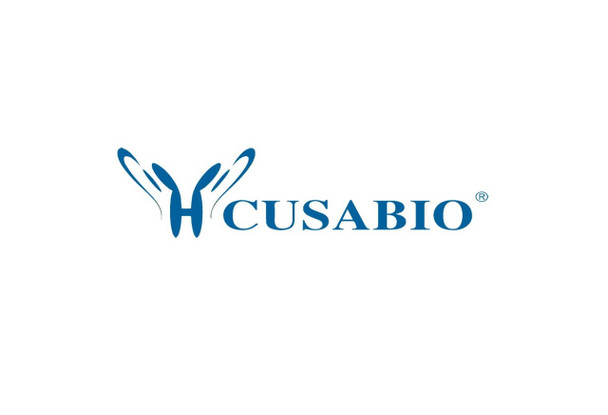Cusabio Escherichia coli Recombinants
Recombinant Escherichia coli Type 1 fimbrin D-mannose specific adhesin (fimH) | CSB-EP362349ENVc7
- SKU:
- CSB-EP362349ENVc7
- Availability:
- 3 - 7 Working Days
Description
Recombinant Escherichia coli Type 1 fimbrin D-mannose specific adhesin (fimH) | CSB-EP362349ENVc7 | Cusabio
Alternative Name(s): fimH; b4320; JW4283Type 1 fimbrin D-mannose specific adhesin; Protein FimH
Gene Names: fimH
Research Areas: Microbiology
Organism: Escherichia coli (strain K12)
AA Sequence: FACKTANGTAIPIGGGSANVYVNLAPVVNVGQNLVVDLSTQIFCHNDYPETITDYVTLQRGSAYGGVLSNFSGTVKYSGSSYPFPTTSETPRVVYNSRTDKPWPVALYLTPVSSAGGVAIKAGSLIAVLILRQTNNYNSDDFQFVWNIYANNDVVVPTGGCDVSARDVTVTLPDYPGSVPIPLTVYCAKSQNLGYYLSGTTADAGNSIFTNTASFSPAQGVGVQLTRNGTIIPANNTVSLGAVGTSAVSLGLTANYARTGGQVTAGNVQSIIGVTFVYQ
Source: E.coli
Tag Info: C-terminal 6xHis-tagged
Expression Region: 22-300aa
Sequence Info: Full Length of Mature Protein
MW: 29.8 kDa
Purity: Greater than 85% as determined by SDS-PAGE.
Relevance: Involved in regulation of length and mediation of adhesion of type 1 fimbriae (but not necessary for the production of fimbriae). Adhesin responsible for the binding to D-mannose. It is laterally positioned at intervals in the structure of the type 1 fimbriae. In order to integrate FimH in the fimbriae FimF and FimG are needed.
Reference: "Highly accurate genome sequences of Escherichia coli K-12 strains MG1655 and W3110."Hayashi K., Morooka N., Yamamoto Y., Fujita K., Isono K., Choi S., Ohtsubo E., Baba T., Wanner B.L., Mori H., Horiuchi T.Mol. Syst. Biol. 2:E1-E5(2006).
Storage: The shelf life is related to many factors, storage state, buffer ingredients, storage temperature and the stability of the protein itself. Generally, the shelf life of liquid form is 6 months at -20?/-80?. The shelf life of lyophilized form is 12 months at -20?/-80?.
Notes: Repeated freezing and thawing is not recommended. Store working aliquots at 4? for up to one week.
Function: Involved in regulation of length and mediation of adhesion of type 1 fimbriae (but not necessary for the production of fimbriae). Adhesin responsible for the binding to D-mannose. It is laterally positioned at intervals in the structure of the type 1 fimbriae. In order to integrate FimH in the fimbriae FimF and FimG are needed.
Involvement in disease:
Subcellular Location: Fimbrium
Protein Families: Fimbrial protein family
Tissue Specificity:
Paythway:
Form: Liquid or Lyophilized powder
Buffer: If the delivery form is liquid, the default storage buffer is Tris/PBS-based buffer, 5%-50% glycerol. If the delivery form is lyophilized powder, the buffer before lyophilization is Tris/PBS-based buffer, 6% Trehalose, pH 8.0.
Reconstitution: We recommend that this vial be briefly centrifuged prior to opening to bring the contents to the bottom. Please reconstitute protein in deionized sterile water to a concentration of 0.1-1.0 mg/mL.We recommend to add 5-50% of glycerol (final concentration) and aliquot for long-term storage at -20?/-80?. Our default final concentration of glycerol is 50%. Customers could use it as reference.
Uniprot ID: P08191
HGNC Database Link: N/A
UniGene Database Link: N/A
KEGG Database Link: KEGG
STRING Database Link: STRING
OMIM Database Link: N/A









